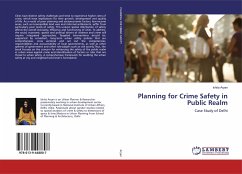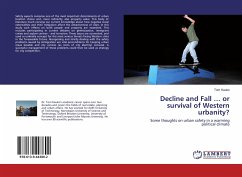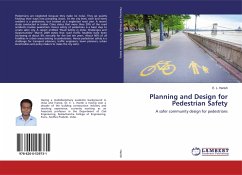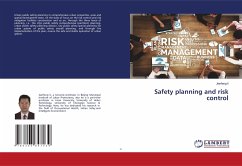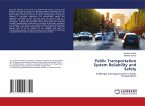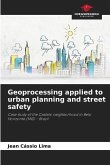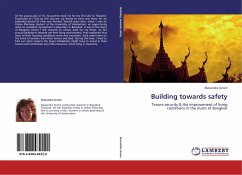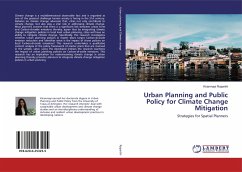Cities have distinct safety challenges and tend to experience higher rates of crime, which have implications for their growth, development and quality of life. As a result of poor planning and socioeconomic factors, low-income areas, such as incompatible land uses and informal settlements, su er from particularly poor levels of safety. This uneven spatial distribution of safety a ects the overall inclusivity, e iciency and functioning of cities. To address the social, economic, spatial and political drivers of violence and crime will require integrated approaches. Targeted interventions should be supported by consistent, long-term urban safety policies that are comprehensive, cross sectorial and set out the competencies, responsibilities and accountability of local governments, as well as other spheres of government and other role-players such as civil society.Thus, the book focuses on the concern for enhancing the safety of the public realm in urban areas against crime and identification of factors or risks that are threat to urban safety. A comprehensive framework for auditing the urban safety at city and neighborhood level is formulated.
Bitte wählen Sie Ihr Anliegen aus.
Rechnungen
Retourenschein anfordern
Bestellstatus
Storno

